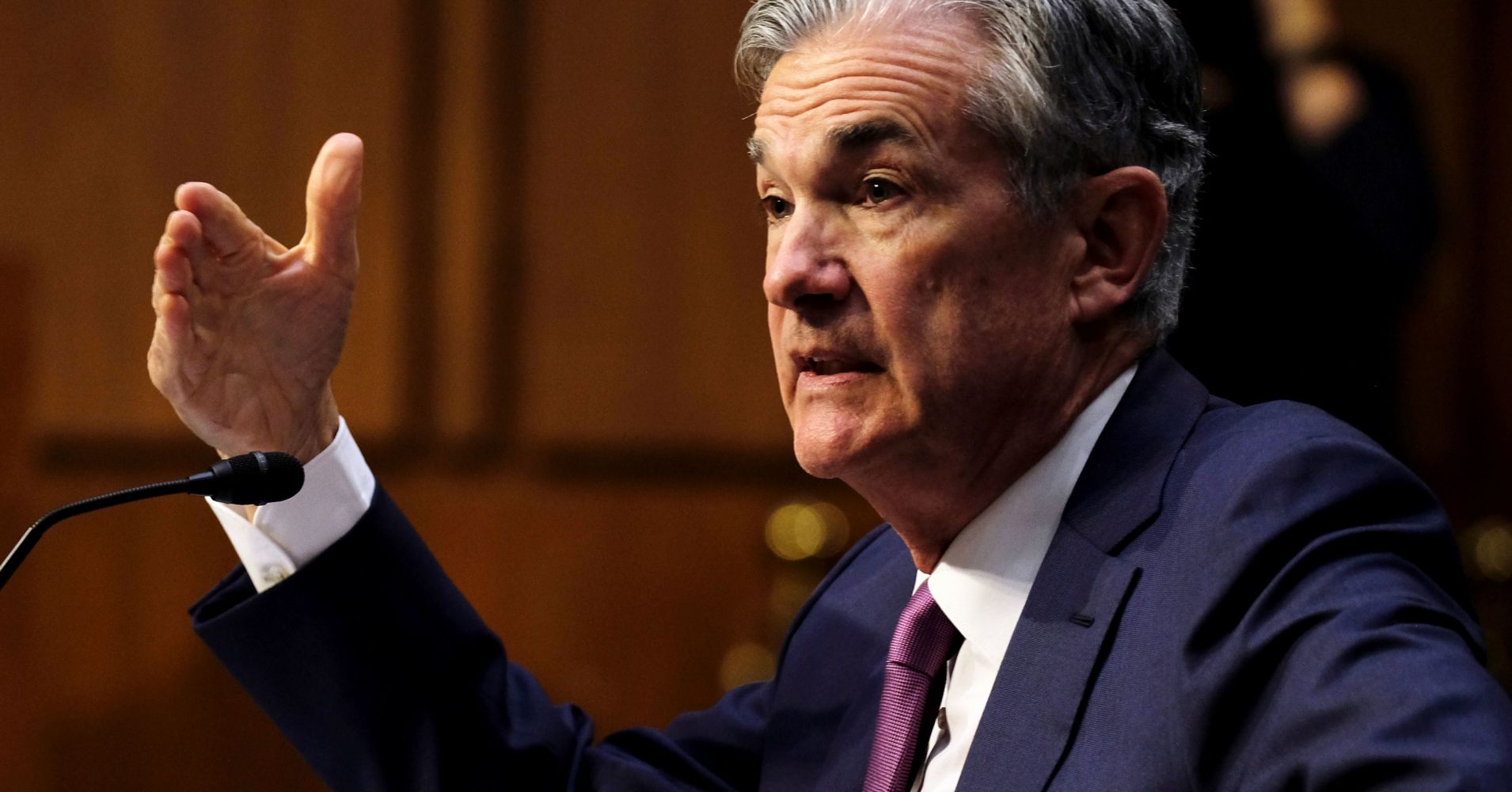President Donald Trump has a point — the Federal Reserve is being “very aggressive” about raising interest rates, former Dallas Fed Vice President Jerry O’Driscoll told CNBC on Thursday.
“They’re ignoring things they should be paying attention to like the flattening yield curve, the strong dollar. I just don’t see the case for this aggressive stance,” he said on “Closing Bell.”
Trump told CNBC earlier Thursday he is “not thrilled” about the rate hikes.
“Because we go up and every time you go up they want to raise rates again. I don’t really — I am not happy about it. But at the same time I’m letting them do what they feel is best,” he said in an interview with CNBC’s Joe Kernen.
The Fed has raised rates twice so far in 2018 and has indicated two more hikes before the end of the year.
Fed Chair Jerome Powell has said he believes the economy is strong enough for the Fed to continue on the path of normalization.
On Wednesday, Trump’s top economic advisor, Larry Kudlow, said economic growth could top 4 percent for a quarter or two. On top of that, unemployment is near historic lows and inflation is now running around the Fed’s 2 percent target.
However, O’Driscoll doesn’t see why that should matter when it comes to increasing rates.
“I don’t see what’s wrong with strong economic growth and a low unemployment rate. I don’t think that that’s a problem,” he said.
Joe LaVorgna, chief economist at Natixis, “totally” agrees.
He said the markets are discounting another 75 basis points of hikes between now and 2020, while the Fed is indicating 150 basis points from here.
“While they think they are moving gradual, relative to what’s priced into the markets, relative to what other central banks are doing, [and with what] … will likely happen to the dollar, none of those developments to my mind are gradual hikes,” he said. “It’s relatively aggressive. And the markets back the president on this.”
The U.S. dollar, stocks and Treasury yields all fell on Thursday after Trump’s statements.
LaVorgna has argued that the rate hikes could drive the Treasury yield curve to invert right after its September meeting. That could lead to a recession by next summer, he has said.
A yield curve is the difference between the shorter maturity Treasury yields and longer-duration yields. When it inverts, the long-term Treasurys have a lower yield than the short-term ones.
“The Fed has generally caused many recessions,” LaVorgna said Thursday.
“Let’s not make it like these folks, as admirable and as hard as they work, are this Delphic oracle that can forecast things with precision. They can’t.”
Fed officials did not comment on the president’s remarks. The White House, in a statement after the interview excerpt aired on CNBC, emphasized that Trump did not mean to influence the Fed’s decision-making process.
— CNBC’s Jeff Cox and Patti Domm contributed to this report.
Watch the full interview with President Donald Trump on Friday at 6 a.m. on “Squawk Box”


 Signal2forex.com - Best Forex robots and signals
Signal2forex.com - Best Forex robots and signals




